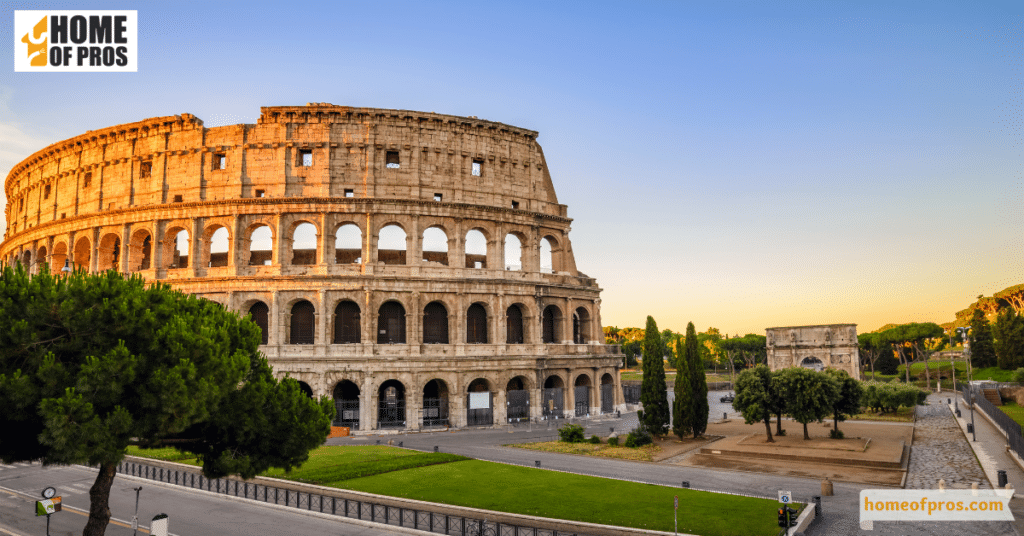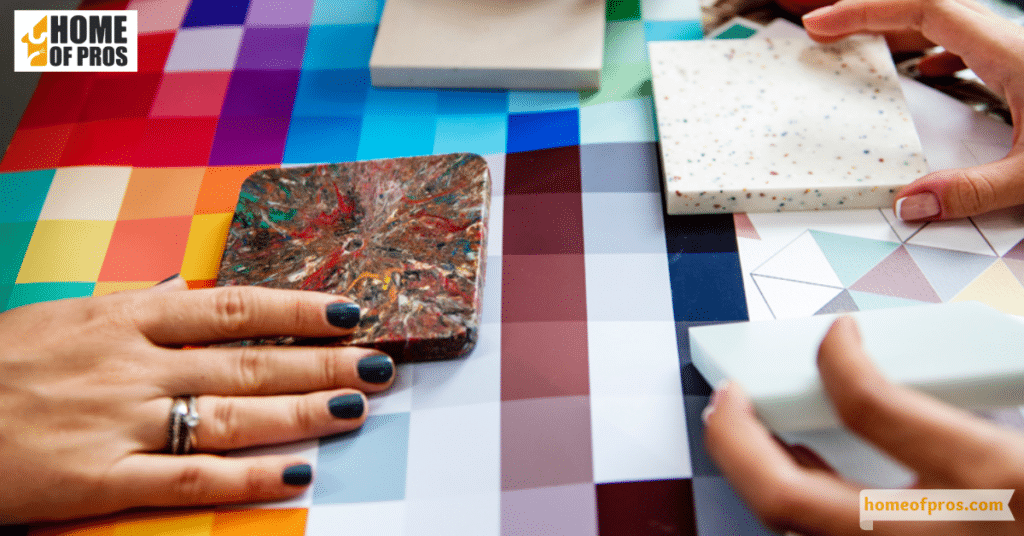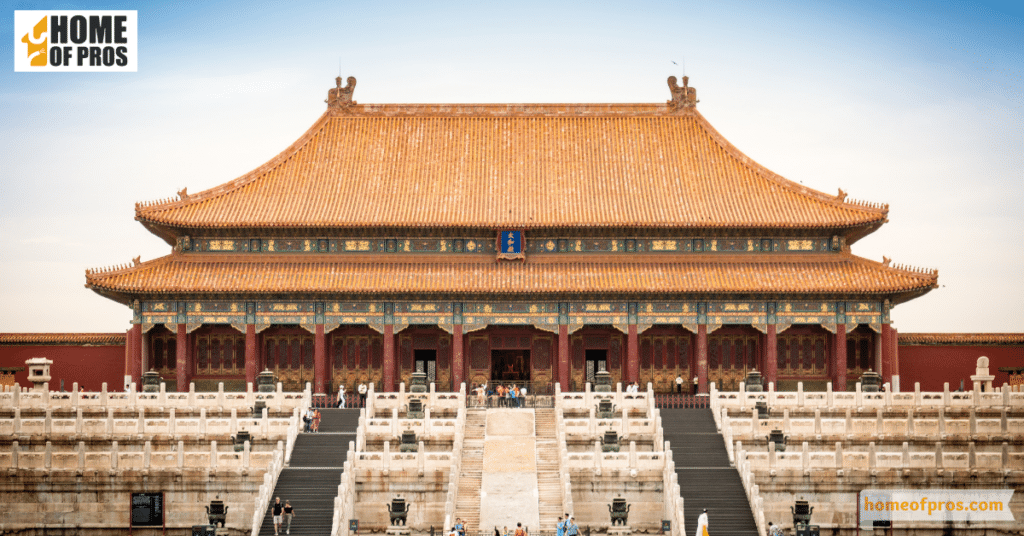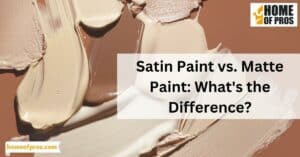Historic preservation hinges on precise color matching to maintain the authenticity of heritage buildings, preserving their historical significance and charm. Accurate color replication requires careful research and expertise, ensuring the faithful recreation of original shades, and preserving the essence of bygone eras.
In our blog, we explore the synergy of historic preservation and color matching. In this article, we’ll delve into how color plays a pivotal role in preserving the authenticity of historical buildings and why precise color matching is essential in this process. Join us as we uncover the fascinating connection between color and the preservation of architectural heritage.

The Significance of Historic Preservation
Historic preservation serves as a vital link to our past, encompassing cultural, historical, and economic dimensions. Beyond sentimental value, it preserves the very essence of our shared history and architectural heritage. Neglecting these efforts not only endangers physical structures but erodes our understanding of the world that preceded us. Additionally, it carries substantial economic benefits, with restored heritage sites becoming tourist magnets and sources of employment for local communities.
Around the world, there’s a unified commitment to safeguarding these architectural treasures. Governments, organizations, and communities are collaborating to ensure the protection of historical sites and buildings. This global endeavor underscores that historic preservation is more than a responsibility; it’s an investment in our shared human history, offering a tapestry of cultural enrichment, historical preservation, and economic prosperity.

The Art of Color Matching
The art of color matching in historic preservation is a complex journey through time. It involves overcoming numerous challenges, including the fading of historical colors, changes in building materials, and the scarcity of historical documentation. Modern technology, such as spectrophotometry, plays a crucial role in achieving accurate color replication.
However, it’s the expertise and dedication of experts and conservationists that breathe life into this art form. They meticulously decode the past, analyze materials, and apply their skills to recreate historical colors, preserving the essence of architectural heritage for future generations.

Methods and Techniques for Color Matching
In the intricate realm of historic preservation and color matching, the journey to recreate the past’s vibrant hues is marked by precision and artistry. Central to this endeavor are the methods and techniques that breathe life into faded pigments and bring historical colors back to life.
Paint Analysis
Paint analysis is a meticulous process that resembles peeling back the layers of time with scientific precision, a delicate endeavor that holds the key to revealing the original colors that once graced historical structures. This intricate art relies on the application of advanced techniques, such as microscopy and chemical analysis. Through these methods, experts venture into the very composition of pigments, unlocking hidden secrets that serve as guiding lights in the recreation of authentic colors from the past.

Color Chips
To ensure an authentic match, meticulous scrutiny is applied. Each chip is carefully compared to modern paint swatches, a painstaking process that demands precision and an eye for detail. Rigorous testing becomes the litmus test for accuracy, breathing life into faded colors and rekindling the vibrancy of history. In the delicate dance of color matching, these unassuming chips transform into invaluable touchstones, connecting us to the aesthetics and stories of eras long gone.

Historical Records
Historical records, such as diaries, architectural plans, and paint bills, play a pivotal role as repositories of written clues about the original colors of historical structures. They provide essential insights into the palettes of the past. Additionally, historic photographs and illustrations serve as visual documentation, further validating color choices and enhancing the credibility of findings drawn from various sources in the pursuit of faithful color replication.
The methods and techniques for historic color matching serve as the bridges between eras, facilitating the resurrection of historical colors with precision and authenticity. By peeling back the layers of time through paint analysis, harnessing the power of color chips, and tapping into the rich archives of historical records, preservationists and experts breathe life into architectural heritage.

Case Studies in Historic Preservation
In the world of historic preservation, our journey takes us across the globe to explore captivating case studies that illuminate the meticulous efforts to safeguard our architectural heritage. These projects stand as beacons of preservation, highlighting the pivotal role of accurate color matching in this noble endeavor.
| Case Study | Location | Preservation Highlights |
|---|---|---|
| The Louvre Pyramid | Paris, France | Meticulous restoration of the iconic glass pyramid, recreating its original color. |
| Machu Picchu | Peru | Preservation of ancient Inca ruins, including accurate color restoration. |
| The Parthenon | Athens, Greece | Rebuilding and restoring the Parthenon’s marble, capturing its ancient hues. |
| The Great Wall | China | Conservation efforts along the Great Wall, including authentic color replication. |
| The Colosseum | Rome, Italy | Restoration of the Colosseum’s façade, preserving its historic colors. |
| The Alhambra Palace | Granada, Spain | Accurate color matching in the restoration of intricate Moorish architecture. |
| The Forbidden City | Beijing, China | Preservation of imperial palaces, complete with authentic color schemes. |
These case studies not only serve as sentinels of history but also serve to revitalize local economies by attracting tourists eager to immerse themselves in the past. In this way, historic preservation transcends the mere protection of bricks and mortar; it becomes a catalyst for cultural enrichment and economic vitality.

The Future of Historic Preservation and Color Matching
In the realm of historic preservation and color matching, we are on the cusp of a transformative era. This exploration delves into the evolving technologies, education, challenges, and global collaboration that shape the future of preserving historical colors.

- Emerging Technologies: Innovative tools like 3D scanning, AI, and advanced spectrophotometry promise precision and accuracy in color matching and preservation.
- Sustainable Practices: Sustainability principles guide us towards eco-friendly materials and energy-efficient methods.
- Digital Documentation: Digital records and augmented reality enhance our understanding of architectural heritage.
- Educational Initiatives: Education is pivotal in instilling the importance of cultural heritage preservation in future generations.
- Challenges Ahead: Overcoming funding limitations, ethical considerations, and intangible heritage conservation requires innovative solutions.
- Global Collaboration: Preserving shared global heritage necessitates international cooperation.
The future of historic preservation and color matching is marked by innovation, sustainability, education, and global unity. Emerging technologies empower us to safeguard the past while shaping the future. Challenges are opportunities in this dynamic field, where we paint the legacy of our heritage for generations to come.
Conclusion
In this exploration of historic preservation and color matching, we’ve seen the vital role that color matching plays in safeguarding our architectural heritage. It brings history’s colors to life, allowing us to connect with the past. Our historical buildings are not mere structures; they are the custodians of our cultural identity.
Preserving them ensures that future generations can appreciate their significance. Let’s actively support efforts to protect and restore historical buildings, ensuring that their rich colors and intricate details continue to inspire and enrich our legacy.












